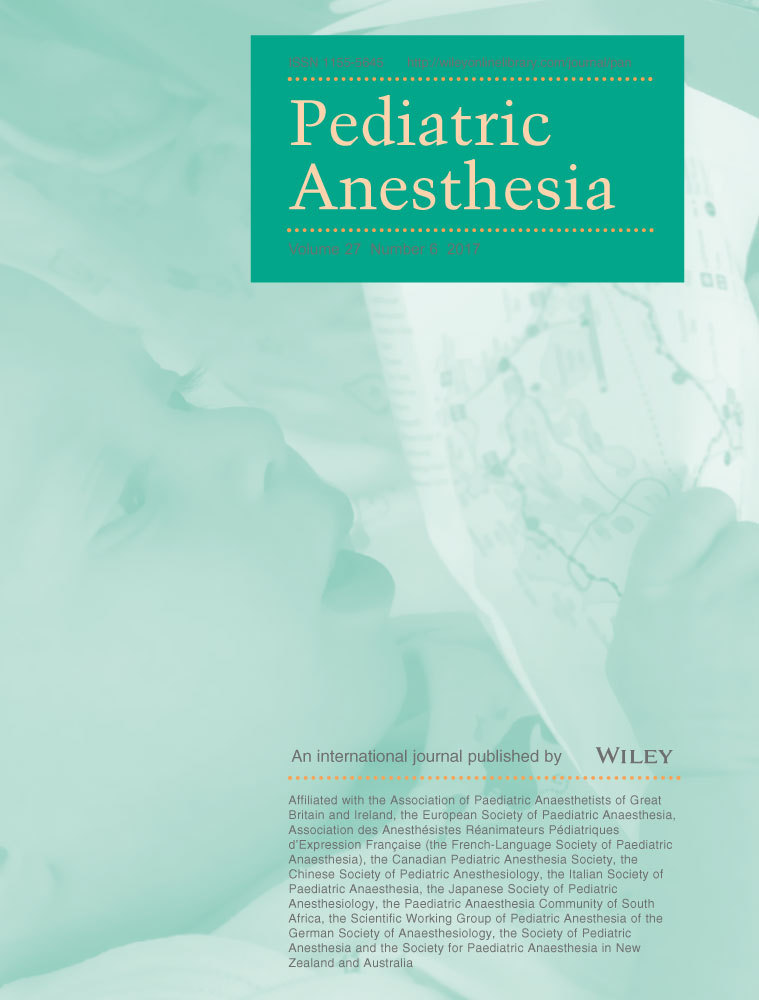Anatomical description of the sciatic nerve block at the subgluteal region in a neonatal cadaver population
Summary
Introduction
Sciatic nerve blocks provide intraoperative and prolonged postoperative pain management after lower limb surgery (posterior knee, foot, skin graft surgery). Accurate needle placement requires sound anatomical knowledge. Anatomical studies on children are uncommon; most have been performed on adult cadavers. We studied the location of the sciatic nerve at the gluteal level in neonatal cadavers to establish useful anatomical landmarks.
Methods
We identified the sciatic nerve in the gluteal and thigh region of 20 neonatal cadavers. The skin covering the gluteal and thigh region was reflected laterally, and the underlying structures and muscles were identified. We located the sciatic nerve and measured the distance from the nerve to the greater trochanter of the femur and to the tip of the coccyx with a mechanical dial caliper. The total distance between the two landmarks was then recorded.
Results
We combined measurements from both sides to form a sample size n = 40. The sciatic nerve was 14.9 ± 2.4 mm lateral to the tip of the coccyx. The total distance between the greater trochanter and the tip of the coccyx was 27.3 ± 4.0 mm.
Conclusion
Our results provide anatomical evidence that the optimal needle insertion point is approximately halfway between the greater trochanter and the tip of the coccyx—a landmark readily palpable in neonates and infants.




